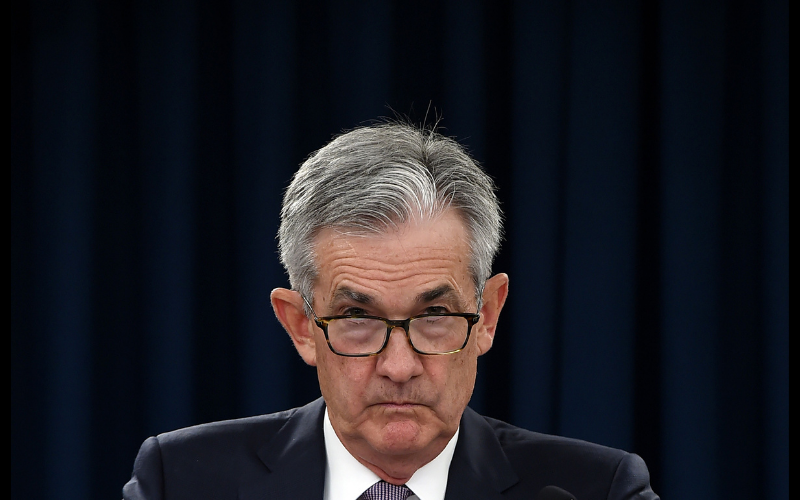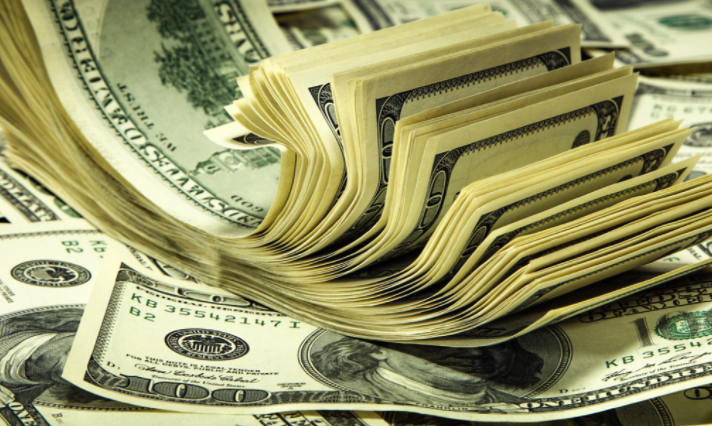
- “Inflationista” arguments are well known
- But what if price pressures are a function of supply chain?
- Wage increases and credit growth have been weak
- Treasury auctions will be key
“Inflationista” arguments are well known
Everyone is an inflation bull. The conventional wisdom in the market is that inflation is inevitable given the massive fiscal spend and the proposed additional spending that will stimulate the economy and create massive demand that will radically increase the nominal price levels of goods and services.
Financial press is rife with bond bears warnings that the 30+ year bull market in fixed income is over and that yields are headed straight for 250 basis points on the 10 year. They’ve been right so far as the yields on the 10 year have rallied more than 100 basis points since the trough of pandemic risk aversion sell off.
Price levels are also supporting the argument for inflation as ISM Manufacturing ISM prices are at near record highs of 84% and ISM Services price levels are at 72%. With prices for everything from base metals to agricultural commodities rising it’s easy to accept the inflation argument and project it well into the future.
But what if price pressures are a function of supply chain?
But what if most of the price pressures in the global economic system are simply a function of supply chain constraints, as pandemic sticken capacity is unable to meet the surging demand caused by fiscal stimulus. As capacity returns to normal supply constraints are likely to ease especially as current higher prices will motivate producers to ramp up production. We’ve made the argument in the past that pandemic has made production more rather than less efficient as advances in software and communications will likely have a familiar disinflationary impact on goods and services.
Wage increases and credit growth have been weak
As long as the pressures on the supply side begin to ease, inflation is impossible without wage increases and credit expansion and on that front the indications are that both variables are well under control. The latest US payrolls data showed that while jobs expanded at a much better than anticipated rate of 916K average hourly wages actually declined by -0.1% suggesting that wage pressures remain muted.
Furthermore, as Steven Van Metre points out in the latest MacroVoices podcast the year over year growth in credit is actually 0%. Although recent media focus on the housing market suggests bubble-like inflationary conditions in many key parts of the country, the truth is that these are isolated transactions at the top of the market. There is no doubt that housing remains in short supply – but this again is a matter of supply chain constraints and should ease as builders add more capacity. Meanwhile underwriting standards are still extremely tight and the absence of additional credit will keep a lid on further gains. The deleveraging forces will also hit Wall Street in the wake of the Archegos scandal that may wind up costing more than $10 Billion in losses to the top tier banks.
Treasury auctions will be key
With wages muted, credit growth constrained and supply pressures likely to ease it’s no wonder the Fed remains unconcerned about the moves in the rates market for now. There is however one key risk to the bullish bond thesis – auctions. So far this year Treasury auctions have been abysmal as investors showed little appetite for fixed income at current rates. Foreign buyers have also backed away from the market with participation dropping from 40% to 29%.
If that trend continues the upward pressure on rates will continue irrespective of the economic data but if auctions stabilize with foreigners lured back by higher relative US yields the 10 year bond (TLT) may be the surprise buy of the year.





